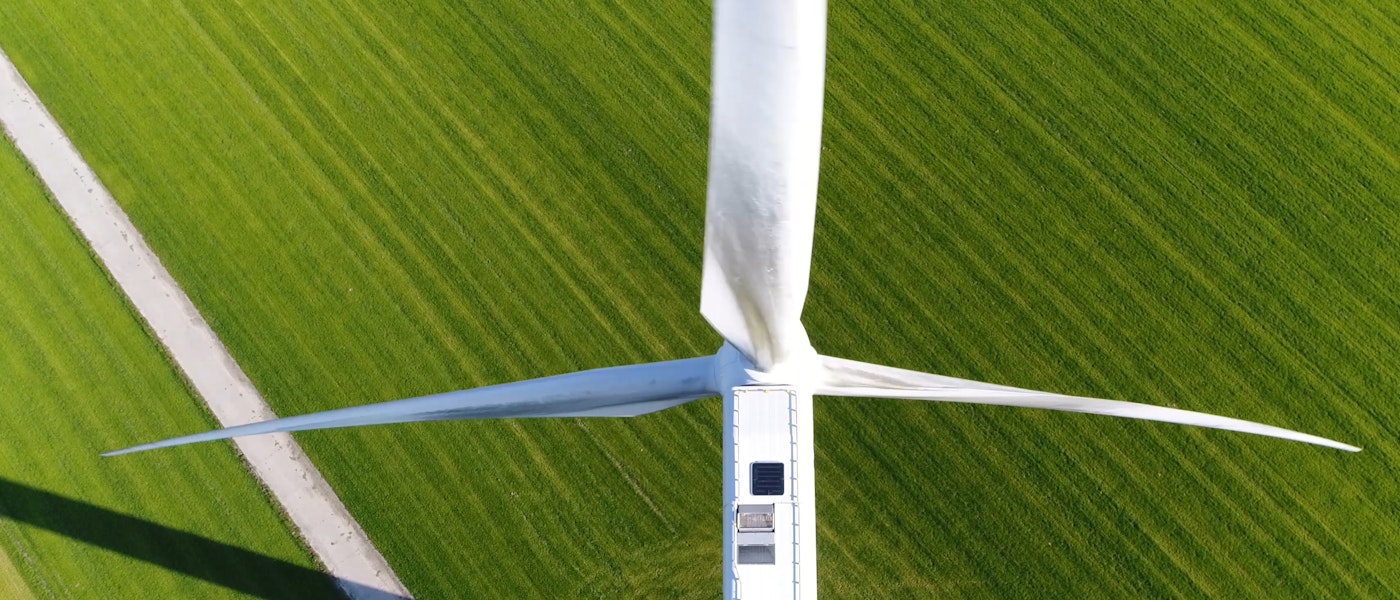Flagship report
Net Zero Roadmap: A Global Pathway to Keep the 1.5 °C Goal in Reach
2023 Update


Accelerating clean energy transitions
The IEA is leading calls for sustainable and resilient economic recoveries from the Covid-19 crisis at a time when ambition for global climate action is rising. An increasing number of countries are making net zero pledges– with several notable countries adding themselves to the list during Glasgow’s COP26 climate summit in November 2021 – leading to a global realignment of energy and climate goals.
The climate challenge is essentially an energy challenge. With that in mind, policy makers around the world are seeking to accelerate the adoption of clean-energy-technologies, ensure an orderly transition toward clean new energy industries, enable inclusion and fairness, and maintain energy security as part of the .
On the positive side, the rollout of renewables such as solar and wind has continued at a fast pace, even during Covid-related lockdowns, with strong growth set for years to come. On the other hand, it was not fast enough to keep pace with increased energy demand during 2021’s economic rebound and worrying amount of power demand had to be met by dirty coal. The decarbonisation of sectors such as transport and buildings isn’t happening fast enough to reach net-zero goals, and there isn’t enough investment in the technologies of the future that are needed to complete the transition a net-zero future. Governments must move fast to implement policies that can put global emissions into sustained decline in the coming years. This requires data-driven analysis and recommendations for effective energy policy-making ─ and to ensure greater transparency and accountability.
Thank you for subscribing. You can unsubscribe at any time by clicking the link at the bottom of any IEA newsletter.